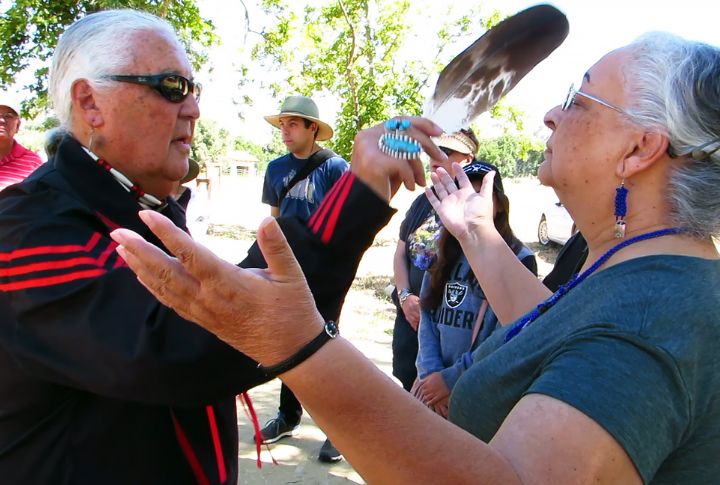
Back in the day, when the world felt full of unseen dangers and mysterious forces, people went to extraordinary lengths to protect themselves. Evil was a real threat in their eyes, and they believed in some pretty unusual ways to fight it off. Here are ten of the most popular ways ancient people tried to shield themselves from evil.
Execration Rituals
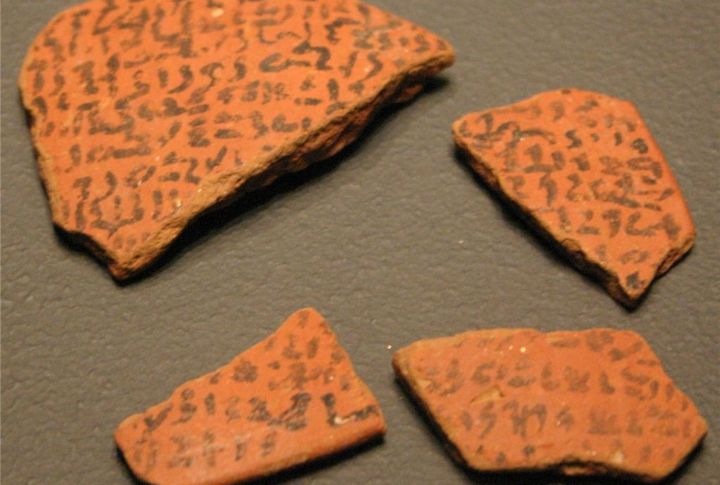
Destroying miniature clay figures might seem strange today, but ancient Egyptians swore by this ritual. Called execration, they inscribed the names of enemies or perceived evildoers on figurines and then smashed them. This act symbolized disarming and neutralizing evil forces. Pharaohs often used these rituals to protect their reigns from both human and supernatural threats.
Scapegoat Ceremonies
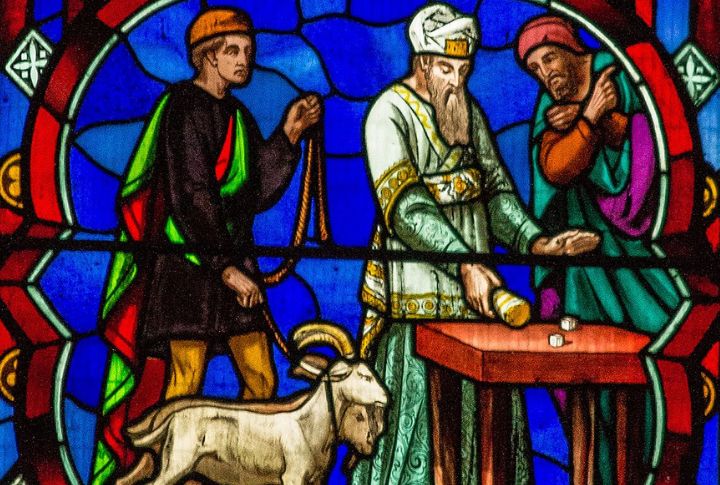
Imagine laying your sins on a goat. That’s what ancient Israelites did during Yom Kippur. A priest symbolically transferred communal sins onto the animal, which was then driven into the wilderness. This practice, detailed in Leviticus 16, was used to banish evil far from the community. It was both a ritual and a vivid moral lesson.
Smudging Rituals
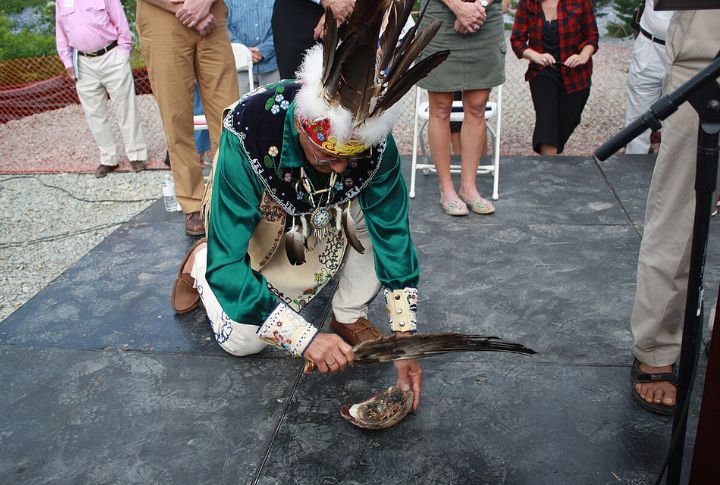
Smoke cleansing wasn’t simply spiritual—it was practical and symbolic. Indigenous peoples, such as the Lakota and Cherokee, believed in smudging with sage or cedar to ward off malevolent entities. The fragrant smoke was thought to carry prayers to the heavens while creating a barrier against negativity. The ritual also reinforced bonds between people and their environment.
The Bell-Charm Tradition
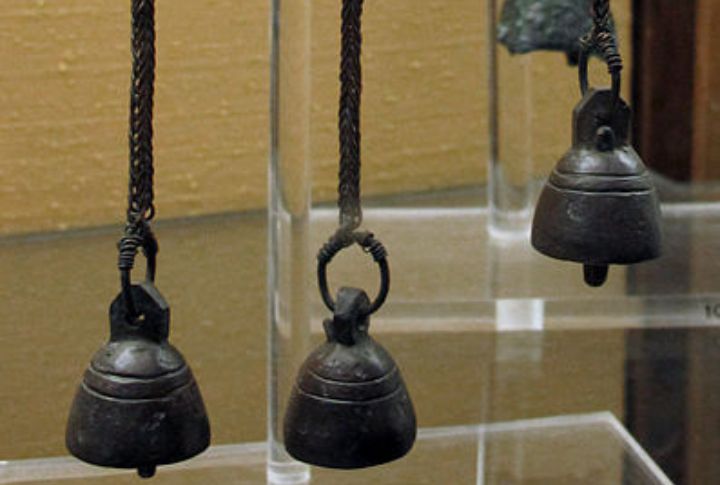
Romans loved their bells. Small, tinkling charms called “tintinnabula” acted as spiritual alarm systems. Hung in homes and sacred spaces, these bells disrupted negative energies with sound vibrations. What made them unique? Their design often included humorous or obscene imagery, mocking evil and confusing it before it could cause harm.
Fire-Jumping Traditions
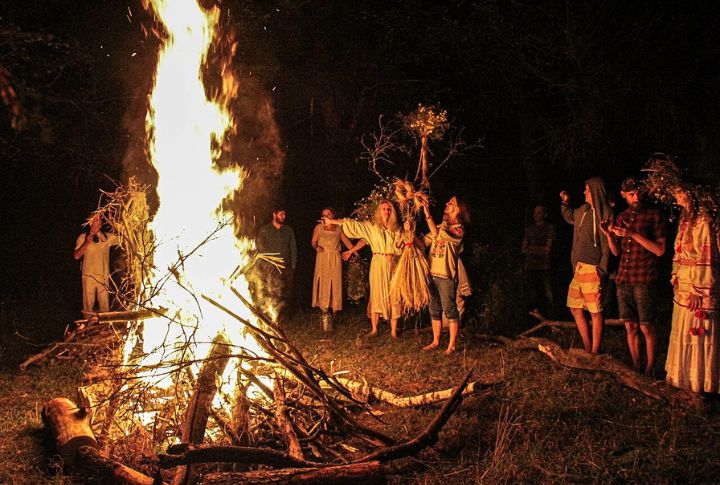
In Slavic regions, fire was the ultimate weapon. During Kupala Night, villagers leaped over bonfires, believing flames could cleanse their spirits and protect against evil. This wasn’t done lightly—it was a communal act tied to fertility and the transition of seasons. Flames symbolized life’s purifying power as they provided spiritual reassurance.
Apotropaic Symbols

You might spot “witch marks” in old buildings. These apotropaic symbols—like daisy wheels or intertwined circles—were carved to repel witches and spirits. Found in churches, homes, and barns, they were a medieval security system. These symbols, often hidden in plain sight, told evil it wasn’t welcome while protecting daily life.
Mandrake Roots

Root-shaped and mysterious mandrakes were prized in medieval Europe for their supposed magical properties. People believed these roots, shaped like human figures, could ward off evil. Harvesting them was tricky; myths claimed they screamed when uprooted, killing anyone nearby. Hence, owners kept them for protection and luck.
The “Eye” Amulet
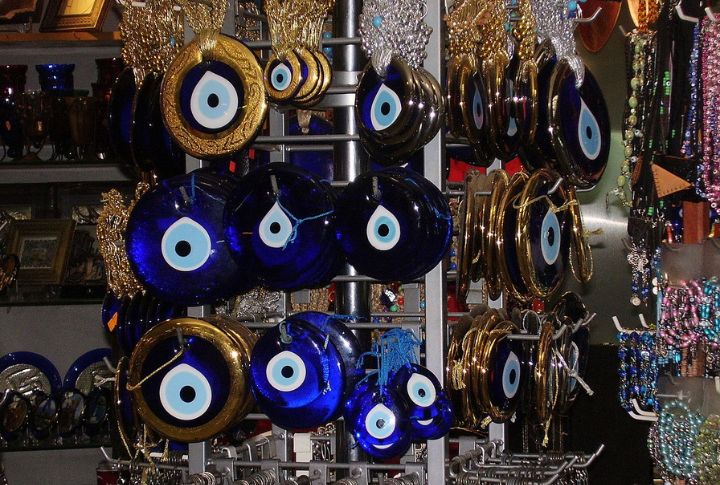
Evil eyes had watchers. The mati, or evil eye amulet, was a spiritual shield. Ancient Greeks believed envy could manifest as a curse. These amulets reflected the curse back to its origin, breaking its power. The tradition persists today, showcasing how deeply the concept of the evil eye remains rooted in cultural consciousness.
Salt Circles

Cultures worldwide—from Japanese samurai to European farmers—sprinkled salt in doorways or created protective circles to block evil spirits. Its mineral purity represented incorruptibility, making it a universal talisman. In Europe, throwing a pinch of salt over one’s shoulder was an added precaution against lurking misfortune.
Ghost-Repelling Beans Of Lemuria

Romans had their own ghost-busting festival: Lemuria. Every May, Romans believed restless spirits roamed the earth. To banish them, families scattered black beans while chanting, “Depart, spirits of my ancestors!” Beans described rebirth and life. This ritual kept households spiritually secure, which mixed superstition with seasonal renewal.

